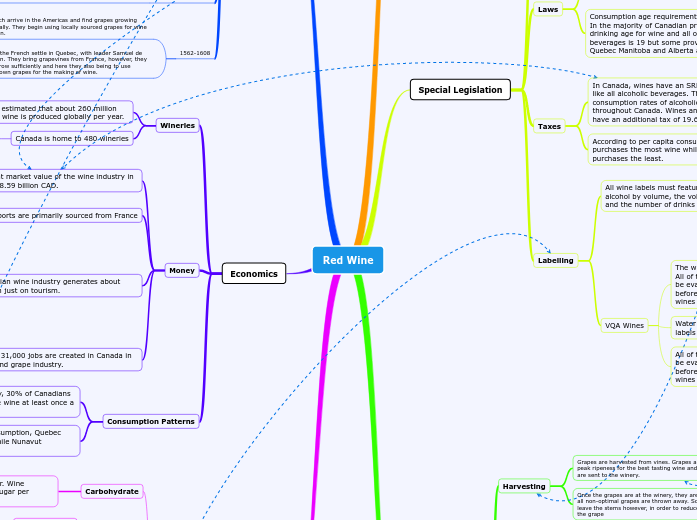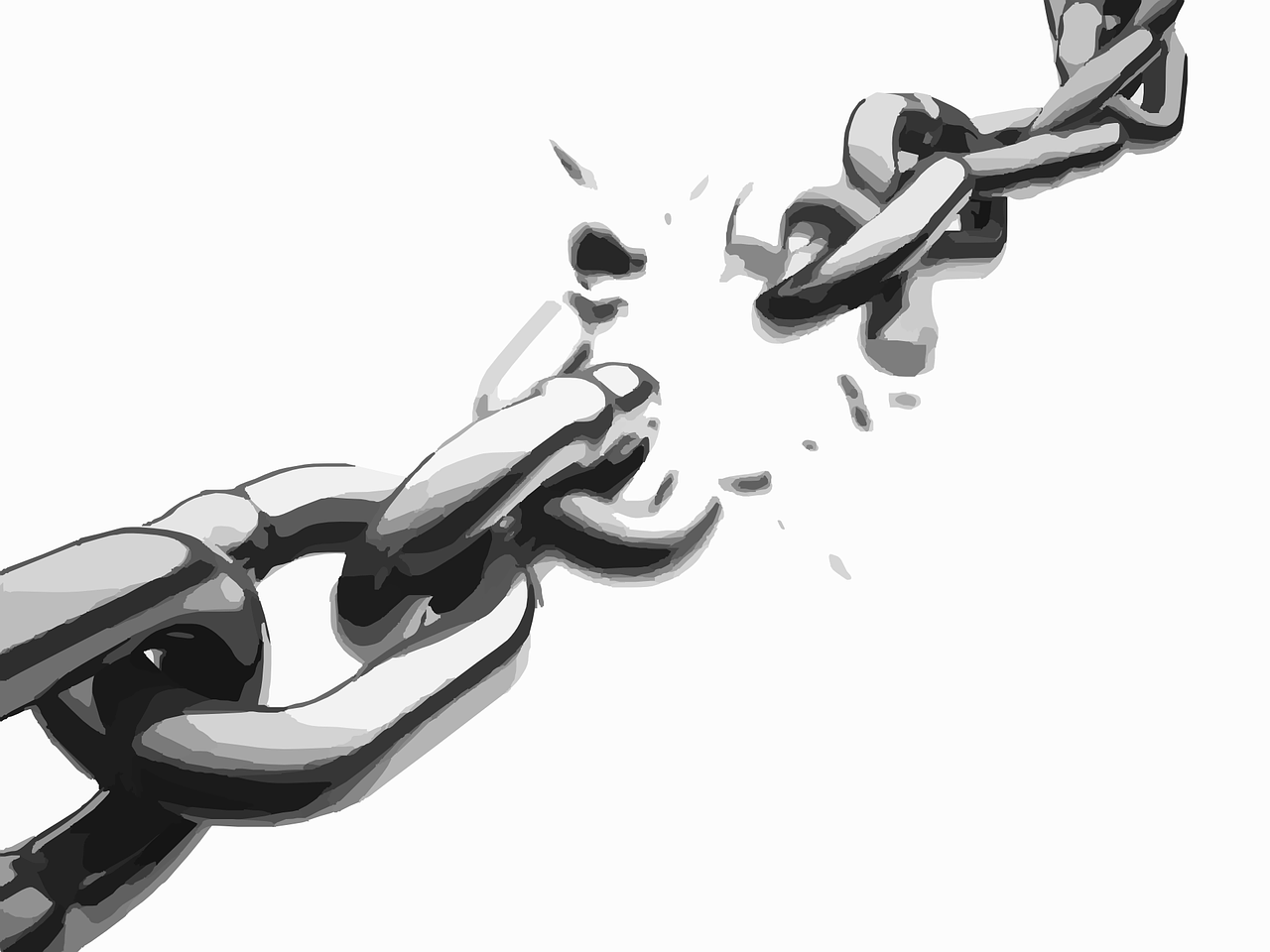DNI per serving for an average adult
Red Wine
The Personal SWOT Analysis will provide insights based on your personality strengths and weaknesses, challenges you see ahead, opportunities present around you now, as well as future favorable circumstances.
Composition and Nutrition
Other
Source of several antioxidants, flavonoids, polyphenols and revestrol.
can assist in the prevention of; cancer, heart disease, reduce cholesterol and protect your arteries
Minerals
Manganese (10%)
Potassium (5%)
Magnesium (4%)
Iron (4%)
Phosphorous (3%)
Zinc (1%)
Copper (1%)
Calcium (1%)
Vitamins
Riboflavin (3%)
Niacin (2%)
Thiamin (1%)
Vitamin K (4%)
Carbohydrate
Carbs in red wine come from sugar. Wine contains between 0-19 grams of sugar per serving, depending on sweetness.
Economics
Finally, look at any threats to your career growth. This part accounts for the external factors that could hurt the chances of attaining your goals.
Consumption Patterns
According to a recent survey, 30% of Canadians indicated that they consume wine at least once a week.
Money
More than 31,000 jobs are created in Canada in the wine and grape industry.
The Canadian wine industry generates about $1.2 billion just on tourism.
Imports are primarily sourced from France
The current market value of the wine industry in Canada is 8.59 billion CAD.
It is anticipated that the retail sales of red wine are expected to surpass 13.2 billion USD in 2022, indicating that Canadians are high consumers of the beverage.
Wineries
Canada is home to 480 wineries
183 are located in Ontario
Globally, it is estimated that about 260 million hectolitres of wine is produced globally per year.
History
This is the most important step of all: bringing the plan into action.
Start using your results to track your progress. Set up measurements and milestones and keep working toward them. Step by step, you will get where you want to be, so get started now!
1562-1608
In 1608, the French settle in Quebec, with leader Samuel de Champlain. They bring grapevines from France, however, they did not grow sufficiently and here they also being to use locally grown grapes for the making of wine.
The French arrive in the Americas and find grapes growing domestically. They begin using locally sourced grapes for wine production.
1492 - 1600
As the expansion to the New World (North and South America) began, wine was brought to Mexico and Brazil. Wine spread all across South America from these two colonies.
146 BC - 380 AD
After the era of Christ, Christianity was introduced and wine was a significant role in many masses and areas in the Catholic Church. As Christianity evolved, the production of wine evolved with it.
The Romans take conquer Greece and build an empire. The Romans make wine a center of culture. Using the Greek's methods, the Romans expanded through Europe and planted grapevines in modern day France, Germany, Italy, Portugal and Spain.
800 BC
As the Greeks conquered various colonies, they would settle and begin growing grapes for wine production
The Greeks are exposed by the Phoenicians and began to perfect the drink. In Europe, wine became a symbol for trade, religion and health.
1200 BC - 539 BC
The Phoenicians begin to trade across the Mediterranean, including the Middle East, Northern Africa, Greece and Italy.
3100 BC
During this time, the Egyptians made various interactions with the Jewish and the Phoenicians. The Phoenicians were the ones that cultivated the widespread of wine around the world
The pharaohs rose to power. During this period, Egyptians began creating a wine-like substance from red grapes. Pharaohs used to use these in ceremonies as the red wine resembled blood.
6000 BC
The earliest physical evidence of wine production was found in Ancient Armenia/Georgia. Assumed to be made by the Shulaveri-Shomu people, the ancient grape was found in small clay pots indicating the fermenting of grapes during this time.
Processing
For the opportunities section, look at the external factors you can take advantage of in pursuing a promotion, finding a new job or determining a direction for your career.
Diagrams
Bottling
After the wine is bottled it is typically aged again until it is distributed.
The wine is now bottled. It is important to not allow oxygen to be exposed to the wine. Sulphur dioxide is typically added in order to help preserve the wine for longer.
Filtration & Clarification
Some winemakers skip this process because it alters the texture and quality of the wine..
The wine is then filtered for sanitation. This is important as it ensures that the wine is not spoiled by bacteria.
The wine is clarified in order to remove proteins that may make the wine cloudy. This can be done with fining agents such as; casein, egg whites or bentonite clay.
Blending
Blending is crucial as it is responsible for the texture of the wine. It is very important to get a consistent texture of the wine.
After the wine has rested, the wine is now refined. Winemakers may blend various types of the same grape in order to produce a finished wine.
Aging
What will you gain from the opportunities that you might take advantage of?
List out all the things that will help you.
Here are some examples:
- Learning new technologies
- Interacting with people currently working in that field
- Better Pay
- I will be able to teach and help other fellow colleagues
- This will help me move up in the organization
The longer the wine ages, the more chemical reactions that occur and the smoother it will taste.
Typically aged in wooden barrels as oak wood gives the wine a vanilla-like aromatic.
The red wine is then placed in storage vessels where the wine ages. Mainly done in wooden barrels, however, ageing can also be done in vessels made from glass, concrete, clay or stainless steel.
Malolactic Conversion
'Technology' is not equal to Information Technology. For example, if you are in the soap-making business and you bring machines that speed up the process, you have introduced new technology or a process.
- Is the process you currently follow going to change?
- What changes do you need to make in the current process to improve it?
- How much time will you need to learn the new technology?
Add some questions and answers related to your industry and niche.
Before the grapes are blended, the grapes go through a second fermentation known as malolactic fermentation. A bacteria converts the malic acid produced into a smoother, more chocolatey tasting lactic acid.
Fermentation
- What Niche or Industry are you currently working in?
- Do you see potential growth in your industry?
- Do you see a better opportunity where you can excel?
- Will it create more jobs?
Try to create your own questions and answers that relate to your industry.
Once the grapes are fermented, the freely running wine is removed from the tank and the skins of the grapes are pressed. By pressing the skin, an additional 15% of wine can be produced.
Yeast is added to the grapes in order to start fermentation. The yeast breaks down the grapes and creates alcohol. Fermentation takes about two weeks to finish.
Harvesting
If you plan on changing your job or investing in your own business:
- Is this the right time to invest in your business?
- Will you get your desired salary if you change your job right now?
- Will you get the desired ROI if you invest right now?
Have you calculated the risk involved?
Add a few questions and answers of your own related to the industry that you work in.
Once the grapes are at the winery, they are destemmed and all non-optimal grapes are thrown away. Some wine producers leave the stems however, in order to reduce the sourness of the grape
Grapes are harvested from vines. Grapes are picked at their peak ripeness for the best tasting wine and then these grapes are sent to the winery.
Special Legislation
This part examines the areas which you need to improve and the things that will set you back in your career.
It is really important to be honest when you list out your weaknesses.
Labelling
VQA Wines
All of these wines must also be dated and must be evaluated by an expert wine tasting panel before they are released on the market. VQA wines are tested by wine, not by winery.
Water cannot be added to these wines and the labels must be accurate and truthful.
The wine must be made of 100% pure grapes. All of these wines must also be dated and must be evaluated by an expert wine tasting panel before they are released on the market. VQA wines are tested by wine, not by winery.
All wine labels must feature; the percentage of alcohol by volume, the volume of the container and the number of drinks within the container.
Taxes
According to per capita consumption, Quebec purchases the most wine while Nunavut purchases the least.
In Canada, wines have an SRP applied to them, like all alcoholic beverages. This is to control the consumption rates of alcoholic beverages throughout Canada. Wines and most beers also have an additional tax of 19.6 cents per litre.
Laws
Consumption age requirements vary by province. In the majority of Canadian provinces, the drinking age for wine and all other alcoholic beverages is 19 but some provinces such as; Quebec Manitoba and Alberta are 18.
Future changes
Production of alcoholic beverages is a provincial jurisdiction and varies by province.
Acts
The CFIA enforces wine producers to follow labelling wine labelling requirements when selling Canadian wine in the domestic market.
The Food and Drug Act (1985) and the Safe Food for Canadians Act (2012) govern the labelling and process of winemaking that occurs in Canada. Both of these acts are enforced by the Canada Food Inspection Agency (CFIA)
Current Status
Begin by identifying your strengths. These are the traits or skills that set you apart from others.
List out all your strengths - if you get stuck, talk to people around you and ask for their input. Please be honest with yourself.
Climate Change
Unpredicted weather conditions
affects the flavour and chemical structure of the red wine
reduced yields
Grape chemistry and the quality of the wine has seen a change due to climate change. The shift in climate and the resulting changes to weather patterns and carbon dioxide Levels may cause shifts in grape chemistry and may result in poorer quality of the wine.
Current Uses
Also used in many sauces in dishes
Wine has an acidity that contours many foods. Foods high in fat pair well as the acidity can cut through the fatty layer and unlock a richer flavour.
Wine is consumed as a luxurious drink by most.
Research & Benefits
Where do you see yourself in the next 5 years? Will there be a drastic change?
List out future changes that you will have to add or avoid if you own a business.
If you have a job, will advancement in technology cost you your job?
A study including 2,900 women, those who consumed a glass of wine daily had significantly reduced inflammatory markers compared with women who abstained from alcohol
Red wine, in moderation, has long been thought of as heart healthy. The alcohol and certain substances in red wine called antioxidants may help prevent coronary artery disease, the condition that leads to heart attacks.







